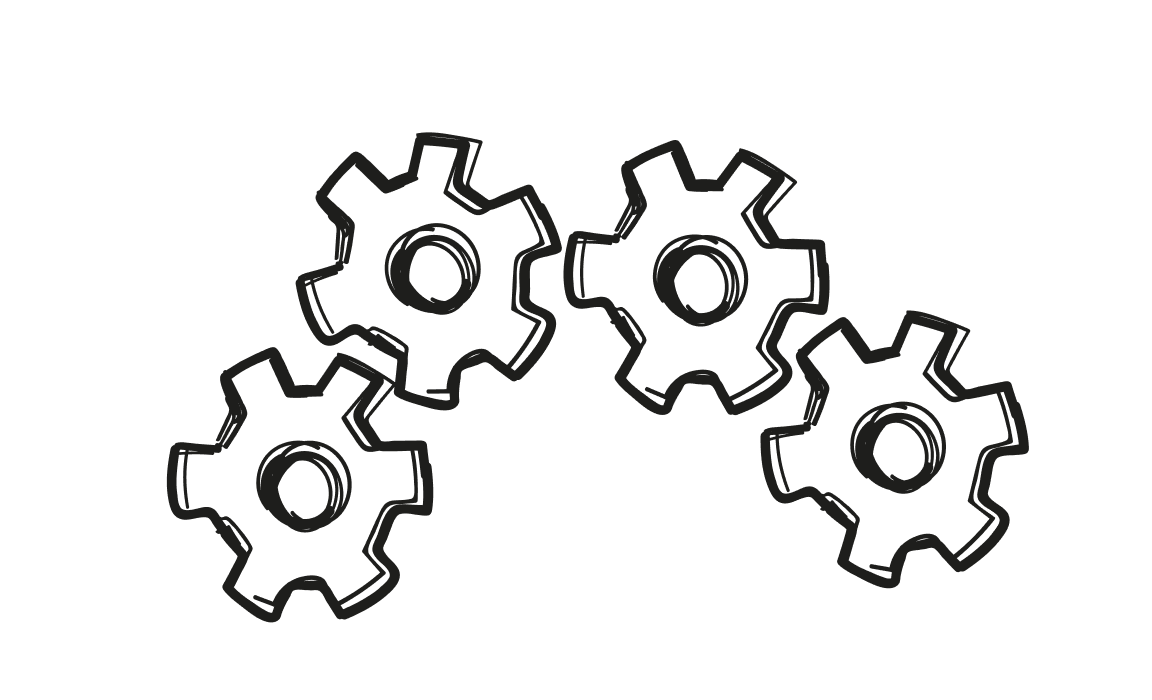If you still think outbound sales automation means spamming strangers until someone replies, you’re stuck in 2015. The reality in 2025? The best sales automation tools are more like co-pilots than cannons. They handle the manual tasks so sales reps can spend their time on conversations that actually move the sales funnel forward.
The companies winning today are weaving automation into a smarter sales strategy. This guide will walk you through how to automate outbound sales the right way: with authenticity, personalization, and results.
What outbound sales automation REALLY means in 2025
Imagine the sales process in 2015: SDRs firing off batch emails, clipping mundane CRM tasks onto their daily grind, hoping something sticks. It wasn’t about connection—it was about volume. Fast‑forward to 2025, and the playbook has flipped.
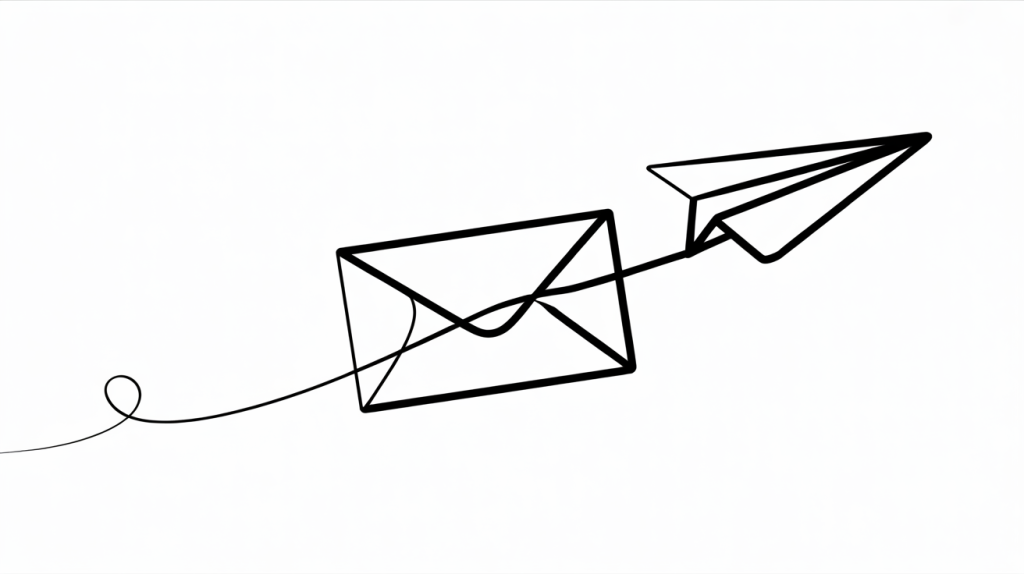
Now, authentic automation is about harmony – where AI-powered, multichannel orchestration meets human intuition. Your outreach isn’t a one-size-fits-all email; it’s a sequence of smart, personalized touchpoints spanning email, LinkedIn, calls, even automated follow-ups – all seamlessly tied into your CRM system. Gone are the days of sending 1,000 generic messages. Instead, you send 100 intentional ones that feel human at scale.
This is more than a polish; it’s performance.
Companies using AI-driven outbound sales automation tools are reporting 10–20% boosts in sales ROI. Eighty percent of top-performing sellers rely on these tools regularly, freeing them from repetitive tasks and refocusing time into relationship‑building, not admin.
Similarly, teams report saving around 5 hours per week by automating routine work – and cutting human error by an estimated 20%.
So what does that mean for your workflow? Instead of manually copying data, tracking engagement, or guessing next steps, your tech stack now prompts you when a prospect clicks, surfaces intent signals via LinkedIn Sales Navigator, and queues the next best move, be it a personalized note or a scheduling nudge. The data enriches, actions fly, and the human part – understanding context and responding with empathy – shines through.
Why automation matters more than ever
Walk into a modern sales team’s day and you’ll notice something: the quiet hum of automation working in the background. Reps aren’t drowning in spreadsheets, juggling tabs, or manually updating CRM fields. Instead, automation platforms handle the invisible load – logging calls, syncing contact data, enriching lead generation lists, and nudging follow-ups at the right time.
That’s the core of what’s changed. Outbound in 2025 isn’t a “volume game.” It’s about authentic automation: outreach that scales efficiency without sacrificing personality. Think of it as a balance between AI-powered orchestration and human touch.
- Instead of cold blasts, reps build sequences where a LinkedIn connection request triggers an email a few days later, followed by a personalized call.
- Instead of static scripts, predictive analytics recommend which prospecting tools to use and when to engage.
- Instead of drowning in admin, reps reclaim hours each week for conversations that actually push the sales funnel forward.
And the numbers prove it.
Companies using outbound sales automation tools report 10–20% stronger sales ROI and up to 15% shorter sales cycles.
Sales teams also free up roughly five hours per week per rep by automating routine tasks – time they can now spend on relationships and closing deals.
Put simply: outbound automation today doesn’t mean “more touches.” It means “smarter touches” across channels, timed by intent signals, and informed by real data. The workflow becomes a co-pilot—managing the sequence, surfacing the next best action—while the rep does what machines can’t: listen, empathize, and connect.
Building the foundations before you automate
Here’s the truth: automation doesn’t magically fix a broken sales process. In fact, if you skip the groundwork, you’ll just scale the chaos. The strongest outbound strategies begin with a solid foundation. Before you even think about plugging in new sales automation tools, walk through these four steps.
Step 1: Define your ICP clearly
Who exactly deserves to hear from you?
Without a precise Ideal Customer Profile (ICP), automation just sends noise into the void. A clear ICP ensures your sequences land with the right people. To sharpen your definition, look at:
- Firmographics → industry, company size, revenue range.
- Role & seniority → who actually owns the buying decision.
- Pain points → what problems you can solve better than anyone else.
- Buying triggers → events like funding rounds, expansions, or leadership changes.
- Tech stack → what existing tools they use that align (or clash) with your solution.
When your ICP is nailed down, every outbound sales effort feels intentional, not scattershot.
Step 2: Clean + segment your data
Dirty data is worse than no data at all.
Many teams underestimate how much bad contact data drains productivity. Outdated emails, duplicates, or misaligned job titles lead to wasted outreach campaigns—and damaged domain reputation if too many bounce. Data cleaning prevents those losses.
How to do it:
- Run your lists through verification tools to remove invalid emails.
- Standardize fields in your CRM data (job titles, phone formats).
- Enrich with company data (size, sector, funding) for more accurate segmentation.
- Regularly purge disengaged contacts to protect deliverability.
Once cleaned, segment by role, industry, or intent signals. A segmented list means you can automate follow ups that feel tailored, not generic.
Step 3: Map the buyer journey → where outbound fits
Think of your buyer journey as a path, not a funnel. Where does outbound provide the right nudge? Mapping this visually helps.
Create a drag-and-drop template (even a simple whiteboard or Miro board) where your team can plot buyer stages. For each stage, add “outbound fit” touchpoints:
- Awareness → LinkedIn connection requests.
- Consideration → value-driven cold emails.
- Decision → personalized call or demo invite.
This exercise makes it clear: automation doesn’t replace the journey; it supports it.
Step 4: Set measurable goals
If you don’t measure, you can’t improve. Clear metrics turn automation from guesswork into strategy. Start simple:
- Meetings booked (volume + conversion rate).
- Reply rates per sequence.
- Pipeline impact (qualified opportunities created).
- Cycle speed (time to first reply or call).
Set benchmarks, then refine. Goals give your sales team members focus, and they ensure your sales automation software isn’t just busy—but effective.
Automating without prep is like flooring the gas in a car with no steering wheel. Automating chaos = scaling chaos. Put the work into defining, cleaning, mapping, and measuring—only then will automation accelerate results instead of amplifying mistakes.
Key components of outbound sales automation
Think of outbound sales automation as a machine with six moving parts. Each piece plays a role, and if one breaks, the whole process slows down. Here’s what really matters in 2025—and how to make each component work for your outbound sales team.
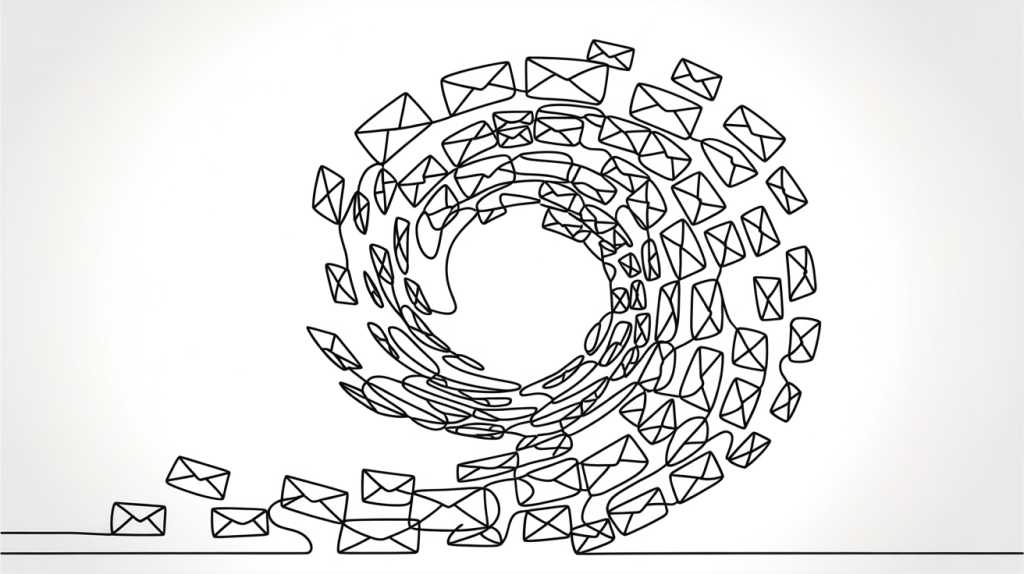
1. Prospecting & list building: getting the inputs right
If your list is garbage, your results will be too. Lead generation starts with accurate contact data, enriched with company data, job roles, and intent signals. Automating prospecting through prospecting tools like LinkedIn Sales Navigator or advanced search filters saves time, but you can’t just export and blast.
Checklist for better lists:
- Verify emails before they hit your CRM.
- Enrich with firmographics (industry, size, funding).
- Track intent signals (recent hires, tech changes, buying signals).
- Remove duplicates and outdated records.
💡 Remember: automating bad inputs only scales bad outputs.
2. Personalization at scale: making automation feel human
Plain “Hi {FirstName}, saw your company is doing great” doesn’t cut it. Modern sales automation platforms let you build conditional logic into templates so every prospect gets a message that feels hand-written.
Bad snippet example:
“Hi {{FirstName}}, I noticed {{Company}} is in {{Industry}}. We help companies like yours.”
Better snippet example:
“Hi {{FirstName}}, congrats on {{FundingRound}}. Scaling a team post-investment is tough—I’ve seen hiring cycles stall without the right outreach. Here’s how others in {{Industry}} solved it.”
The second version proves you’ve done homework, but still only takes just a few clicks once your variables are set up.
3. Sequencing outreach: more than email blasts
Automation isn’t about one email. It’s about orchestrating touchpoints across channels. A good sales strategy uses 5–7 touches over 2–3 weeks, balancing persistence with respect.
Example outbound automation sequence:
- Day 1: Personalized email.
- Day 3: LinkedIn connection request with a short note.
- Day 6: Follow-up email with a case study.
- Day 10: Call attempt.
- Day 14: Final check-in email.
This mix feels alive, not robotic, and it creates multiple openings for potential customers to engage.
4. Deliverability safeguards: protect your sender reputation
Even the best-crafted campaign fails if your emails never reach the inbox. Deliverability is the unglamorous side of outbound, but it’s non-negotiable.
Three essentials:
- Warm-up new domains before sending volume.
- Configure SPF, DKIM, and DMARC records properly.
- Set daily send limits to avoid spam flags.
Neglecting this turns your carefully designed outreach campaigns into wasted effort. Think of it as the plumbing behind the walls: invisible when it works, disastrous when it doesn’t.
5. Analytics & iteration: turning data into improvement
Automation isn’t a “set it and forget it” game. The best sales managers know which metrics matter and adjust sequences continuously.
Key metrics to track:
- Open rates → signals if your subject lines resonate.
- Reply rates → measure engagement.
- Positive vs. negative replies → quality check.
- Meetings booked → the metric that proves impact.
Iteration means testing subject lines, CTAs, or even timing. One Woodpecker campaign, for instance, can help you cut the sales cycle by 15% simply by shifting follow-ups to mornings based on engagement data.
6. Team alignment: keeping everyone on the same playbook
Automation breaks down when SDRs, AEs, and marketing all run their own systems. The modern sales automation software stack has to support pipeline management across the team.
Scenario:
- SDR runs a sequence, books a meeting.
- AE jumps in with context pulled automatically from CRM notes.
- Marketing feeds enrichment data and pre-approved snippets into the system.
When alignment works, sales team members aren’t duplicating effort – they’re compounding it. The outbound engine feels unified, even if dozens of touches are happening in parallel.
The role of AI in outbound sales
AI has gone from a buzzword to a real advantage in outbound sales. Yet the real impact is not about replacing humans with machines—it’s about helping sales reps save time, focus on the right prospects, and deliver messages that don’t sound like they were stamped out by a robot. For tools like Woodpecker, AI is a quiet but powerful co-pilot in the outbound sales process.

Where AI adds clear value
1. Drafting outreach content
Starting a cold email from scratch is often the hardest part. Woodpecker’s OpenAI integration allows reps to generate subject lines and email body copy directly inside the campaign editor. The workflow is simple: open the editor, click the AI icon, enter a short prompt, and you instantly have a draft to refine. Instead of spending half an hour staring at a blank page, you can produce a working first version in seconds.
2. Creating follow-ups with one click
Follow-ups are essential in any outbound sales effort, but they can quickly become repetitive. With AI integrations, reps can auto-generate follow-ups based on the first email, without needing to retype or re-prompt. This means sequences can be extended quickly and consistently, freeing reps from repetitive writing.
3. Making outreach accessible
Not every sales rep is a natural copywriter. For team members who struggle with tone, AI-generated drafts provide a useful starting point. Whether you want a formal, resourceful, or more casual voice, you can set the style and length of the draft so the copy feels aligned with your sales strategy.
Where AI still falls short
Despite its strengths, AI isn’t magic. There are limits every sales manager should keep in mind:
- Nuance and humor: AI still struggles with subtleties that make outreach feel human. An icebreaker that works in Chicago may land flat in Berlin.
- Context: AI doesn’t know your personal history with a prospect or what was discussed in a past call. Only reps can add that context.
- Over-automation risks: Sending AI drafts without editing leads to generic, impersonal messages—the opposite of authentic automation.
Best practices for AI-assisted outreach
To get the most out of AI without losing the human touch, think of it as a sparring partner, not a replacement.
- AI drafts, human refines: Use AI to generate a subject line or body, then personalize it with snippets, conditional logic, and details that reflect real company data or intent signals.
- Speed, not shortcuts: Let AI reduce manual tasks like repetitive rewording, but keep personalization firmly in the hands of the rep.
- Combine with deliverability safeguards: Even the smartest AI draft is worthless if it ends up in spam. Use Woodpecker’s warm-up and sending controls to keep campaigns effective.
The winning formula is simple: automation handles scale, AI accelerates drafting, and humans add authenticity.
“AI won’t replace SDRs — but SDRs who use AI will replace those who don’t.”
Why this matters for Woodpecker users
For Woodpecker, AI is built into the natural workflow of campaign creation. Instead of requiring extra tools, API keys, or complex setups, the AI option is available to every user directly in the campaign editor. That makes it practical, fast, and accessible—ideal for sales teams that want to automate outbound sales without losing sight of what really drives results: conversations that feel personal.
Mistakes to avoid in outbound sales automation
Outbound sales automation can be a growth engine—but only if you avoid the common traps. Too many sales professionals rush into automation expecting instant sales success, only to find their results flatline. Here are the four biggest mistakes to sidestep.
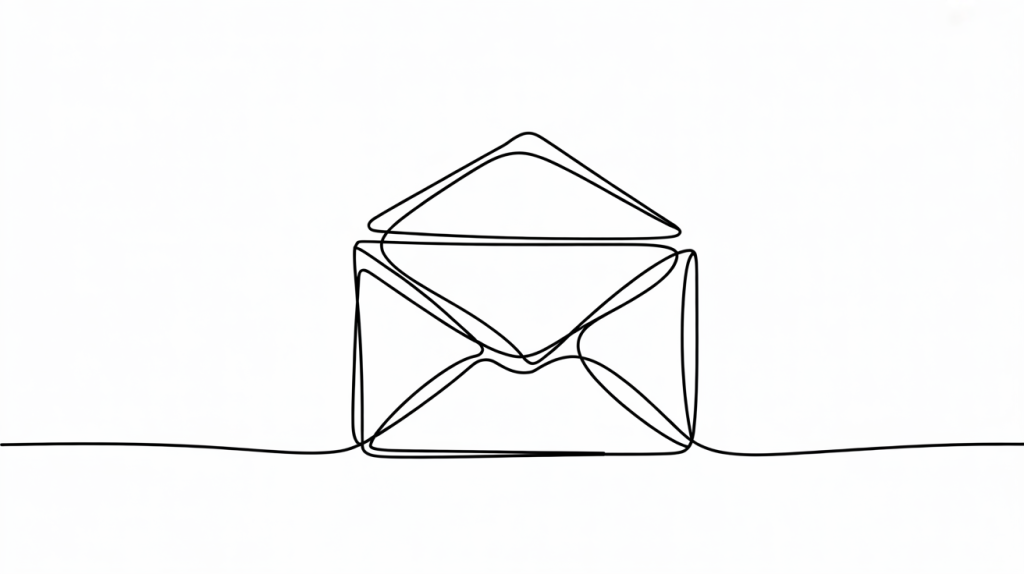
1. Over-automation → robotic outreach
The biggest danger is leaning on automated sales software to blast generic emails. When every message looks the same, you lose credibility. Tools should handle automating repetitive tasks like data entry or task management, not replace your ability to send personalized outreach. The best outbound sales tools are designed to support human judgment, not erase it.
2. Neglecting deliverability
Your carefully written campaign means nothing if it never lands in the inbox. Too many teams ignore the basics: warming up domains, setting SPF/DKIM, or monitoring bounce rates. Without those safeguards, powered outbound sales turns into wasted effort. Deliverability is invisible when it works—but disastrous when it doesn’t.
3. Tracking the wrong metrics
Volume doesn’t equal value. Chasing vanity metrics like “emails sent per user” or “calls per user month” may look impressive but tells you little about sales performance. Instead, track lead data, positive replies, meeting scheduling, and opportunities created. Combine this with intent data and lead scoring from your crm integration or other sales tools to understand the true impact on the sales funnel.
4. Scaling too early
Growth is tempting, but scaling before the basics are solid just spreads errors faster. If your ICP is vague or your messaging untested, adding more outbound automation tools only multiplies mistakes. Nail the fundamentals first; then scale campaigns with confidence.
Your readiness scorecard
Before scaling, ask yourself:
- Do we have clean lead data?
- Are we tracking meaningful metrics tied to sales efficiency?
- Have we tested sequences with a small set of prospects?
- Do our sales tools support alignment across the team?
- Are reps spending time on sales calls instead of admin?
If you can’t check all five boxes, you’re not ready to scale. Remember: in changing outbound sales automation, automating chaos = scaling chaos.
Outbound Automation Workflows That Work
Here are four proven workflows—each tailored for different situations—that make use of Woodpecker’s outbound automation capabilities. These are real, visualizable scripts your team can adapt immediately.
1. Startup Founder Outreach – Short & Value-First
Format: Email + calendar CTA
Subject: A quick idea for {{Company}}
Hi {{FirstName}},
You’ve recently raised Series A, and I thought of a shortcut: founders shift to outbound workflows that automate repetitive tasks like **data entry** and demo booking—but still feel personal.
Could a 10-min call help? Here’s my min-cal link: [yourcalendar.link]
Cheers,
[Your Name]
Why it works:
- Hyper-relevant and timely for a founder post-funding.
- Short, respectful of time, and skips unnecessary fluff.
- Uses personalized outreach and cuts right to the value.
2. Enterprise Account-Based – Longer, Multi-Touch Playbook
Format: Staged sequence
- Day 1 – Email: “Noticing {{Company}} plans to expand into EMEA. Here’s a way to accelerate results.”
- Day 4 – LinkedIn Message: “Hi {{FirstName}}, saw you’re expanding—you may face X challenge. I’ve helped others in your industry.”
- Day 7 – Case Study Email: “Here’s how Company X saved 20% on meeting scheduling with our workflow.”
- Day 10 – Call: “Following up to see if there’s alignment” (voicemail + email tee-up).
- Day 14 – Final Check-In: “If now’s not the right time, happy to reconnect later. Meanwhile, here’s a relevant article.”
Why it works:
This playbook combines outbound automation tools (email + social + calls), leverages intent data, and gives AEs a clear, repeatable rhythm. Every touchpoint feels contextual, while automation ensures timing stays consistent and coordinated.
3. Post-Event Follow-Up – Speed + Personalization
Format: Template snippet + segmented logic
Hi {{FirstName}},
Great meeting you at [[Event Name]]. I appreciated your insight on {{SpecificTopic}}. As promised, here’s that resource on solving {{PainPoint}} the way [client] did—cutting time-to-first-appointment by 20%.
Would love to continue the conversation—book time? [yourcalendar.link]
– [Your Name]
- This uses dynamic variables and personalized outreach anchored on where the conversation happened.
- Sends fast and humanizes quantitatively (“cutting time… by 20%”).
4. Warm Referral Intro – Friendly & Trust-Oriented
Format: Succinct three-sentence referral email
Subject: [Referral’s Name] suggested I connect with you
Hi {{FirstName}},
[Referrer] mentioned that {{Company}} is exploring solutions for X. We helped a similar team drive 15% more **sales efficiency** through synced **CRM integration** and streamlined **sales tasks**. Thought it’d be worth a quick chat—any interest?
Best,
[Your Name]
This workflow builds immediate trust via referral and ties back to metrics and the inbound promise of efficiency.
Why Woodpecker?
These workflows are designed using Woodpecker’s strengths:
- Condition-based campaigns via multichannel triggers (email + LinkedIn)
- CRM integration for syncing follow-ups and data enrichment
- Templates enhanced with analytics to track engagement and optimize cadence
Each workflow also helps automate key sales tasks – from meeting scheduling to follow-up – while keeping the messaging personal, purposeful, and tailored.
The future of outbound sales automation
If the past decade was about proving automation could scale, the next five years will be about proving it can scale without losing the human touch. Between 2025 and 2030, outbound sales will shift in four key ways.
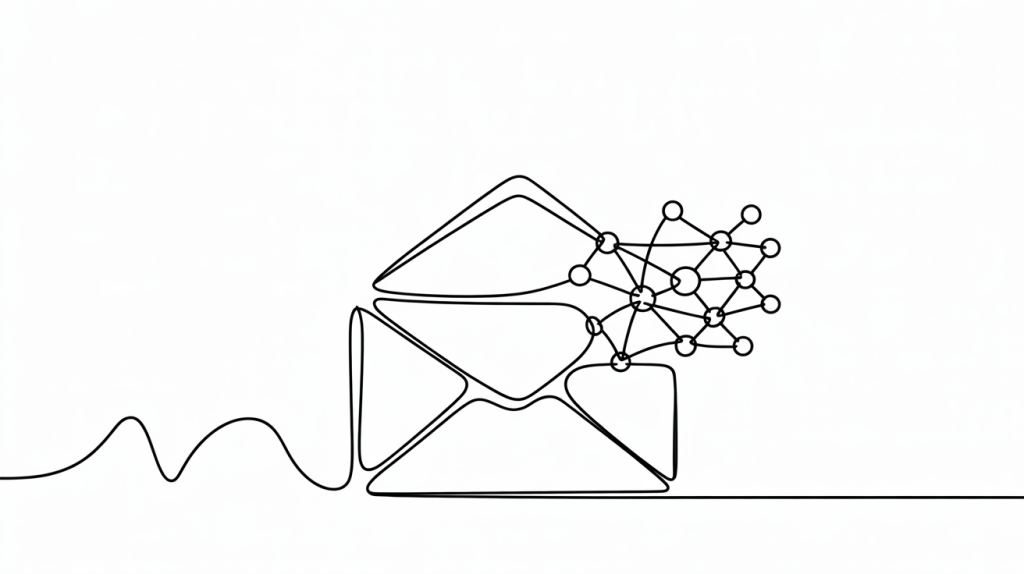
1. Multichannel becomes the default
Email alone won’t cut it. The most effective outbound automation tools will orchestrate sequences across email, LinkedIn, calls, and even niche channels like WhatsApp or Slack. Buyers expect to be reached where they are, not funneled into a single inbox. The platforms that thrive will be those with seamless CRM integration and the flexibility to sync with other sales tools.
2. AI-native personalization
Today, AI is a co-pilot. By 2030, it will be a full collaborator. Instead of just drafting copy, AI will combine lead data, intent data, and previous engagement to generate outreach that feels hand-written but takes only a few clicks. This doesn’t mean replacing the rep… it means empowering sales professionals to spend more time on high-value conversations.
3. Compliance tightening
As inboxes flood with outreach, regulators will keep tightening rules around privacy, consent, and messaging frequency. The next wave of sales automation platforms will need built-in safeguards for GDPR++, CAN-SPAM, and region-specific laws. Deliverability will become a compliance and brand-reputation issue, not just a technical one.
4. Authentic automation at scale
The real differentiator won’t be volume—it will be authenticity. Outbound sequences that look and feel like they were crafted individually will win. Think powered outbound sales where a founder-style note is delivered to hundreds of prospects, but every recipient feels like it was written just for them.
The focus has never been on blasting more, but on sending better: smaller campaigns, smarter personalization, and automation that strengthens relationships instead of weakening them. That approach isn’t just the future of outbound sales automation – it’s how sales teams stay relevant in the next decade.
Conclusion
Outbound sales automation in 2025 is about sending better. The companies winning today balance efficiency with authenticity, using automation to clear away repetitive tasks while keeping the human touch at the center of every conversation. From smarter prospecting to AI-assisted personalization, the right workflows let sales professionals focus on building trust and closing deals.
The lesson is simple: don’t see automation as the future. Outbound automation isn’t the future — it’s your unfair advantage today.
Ready to see it in action? Test your first campaign with Woodpecker and experience how authentic automation scales without losing its warmth.

